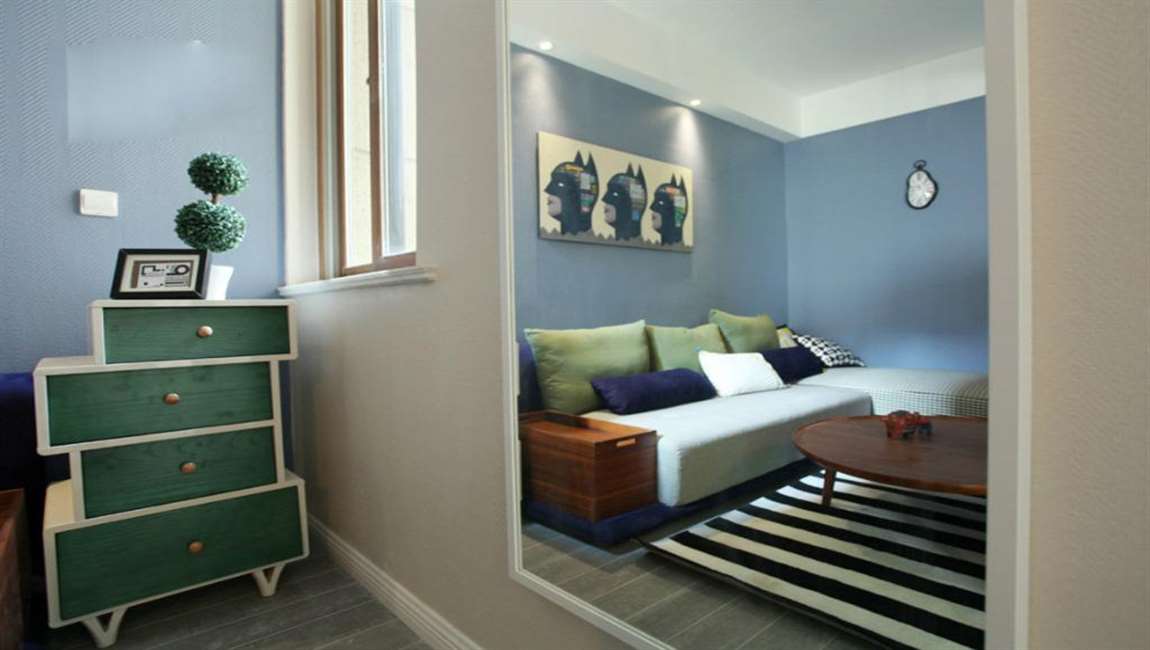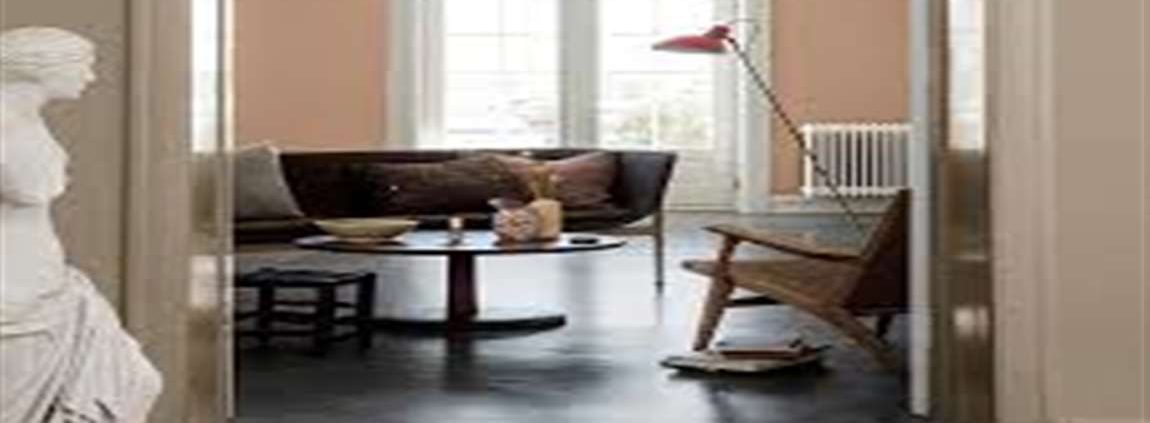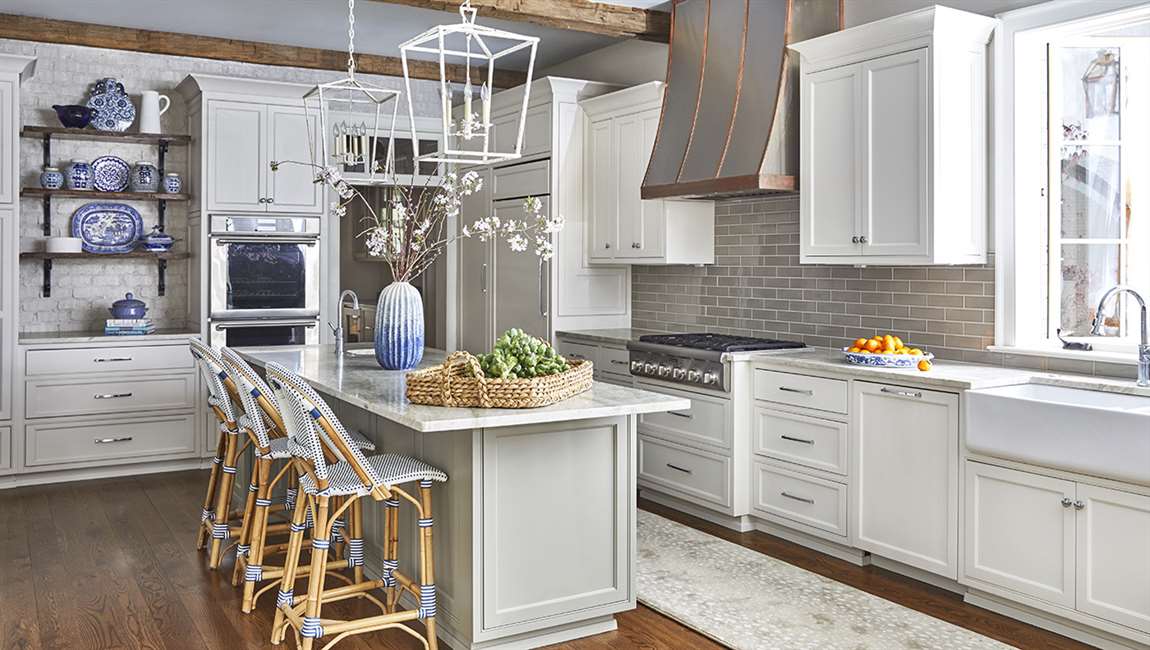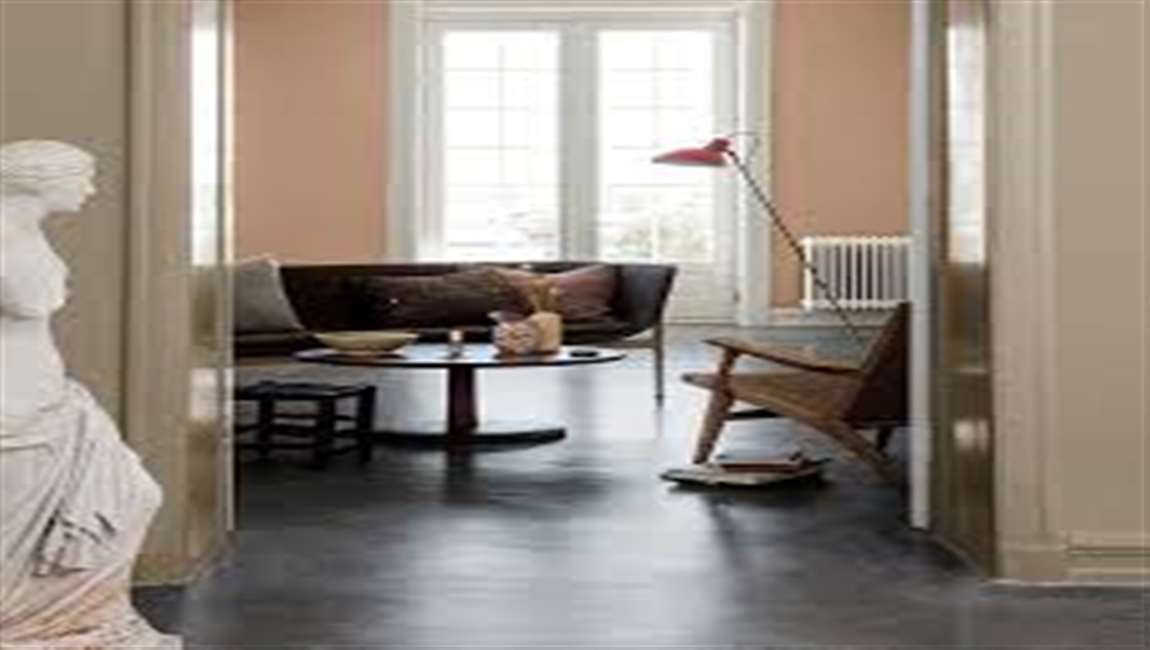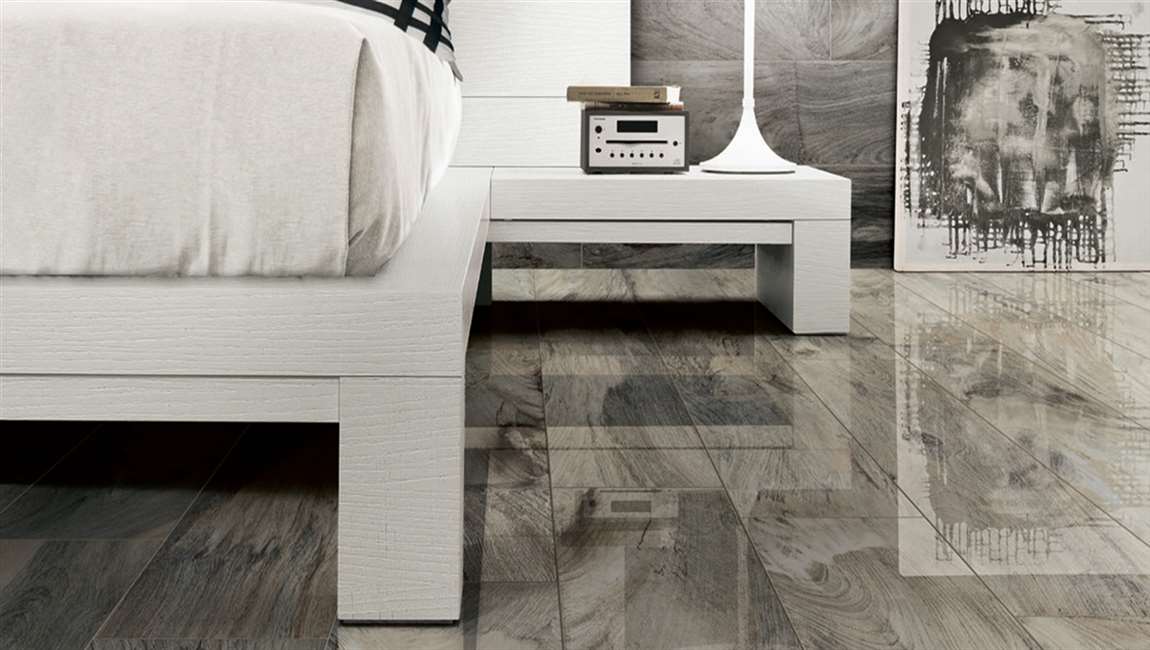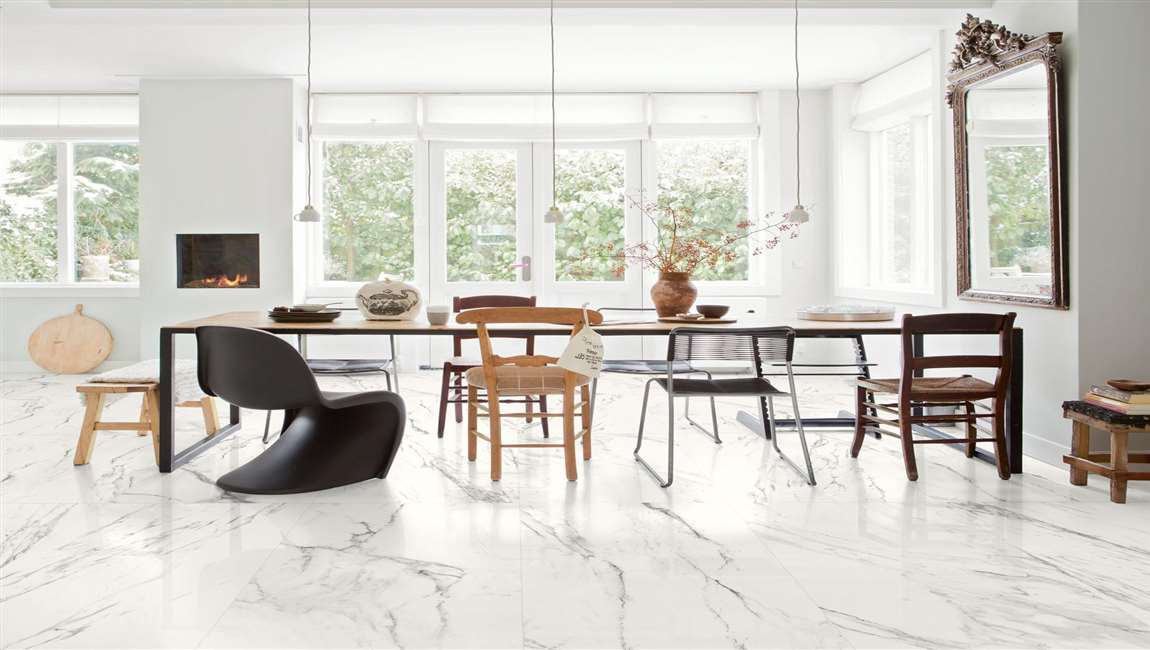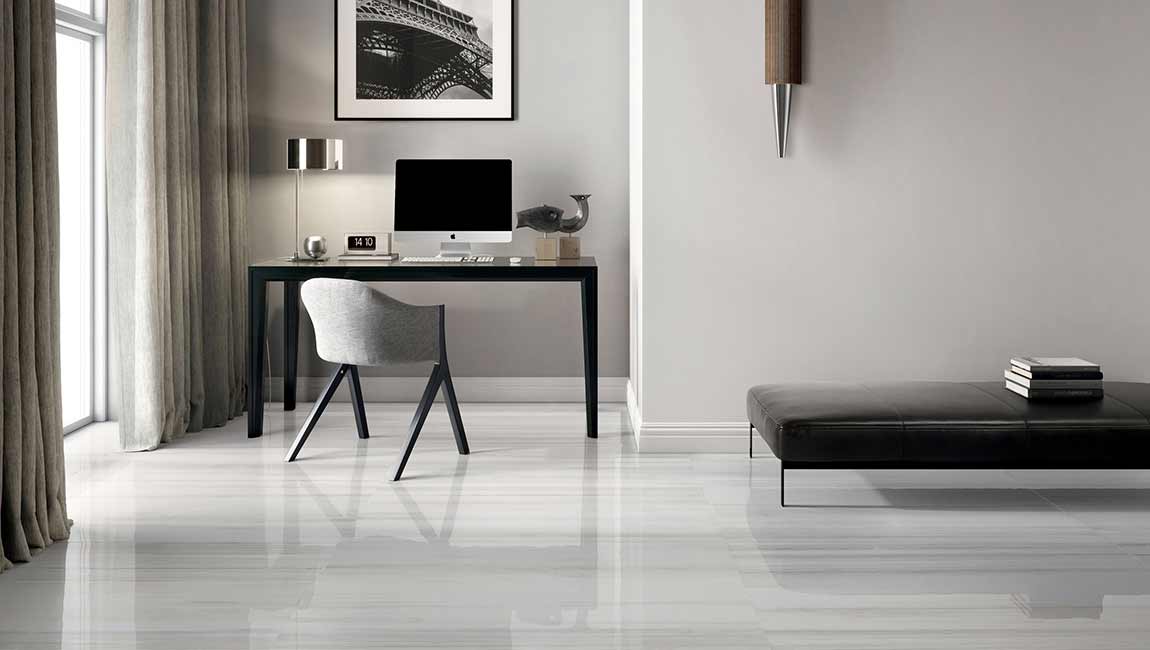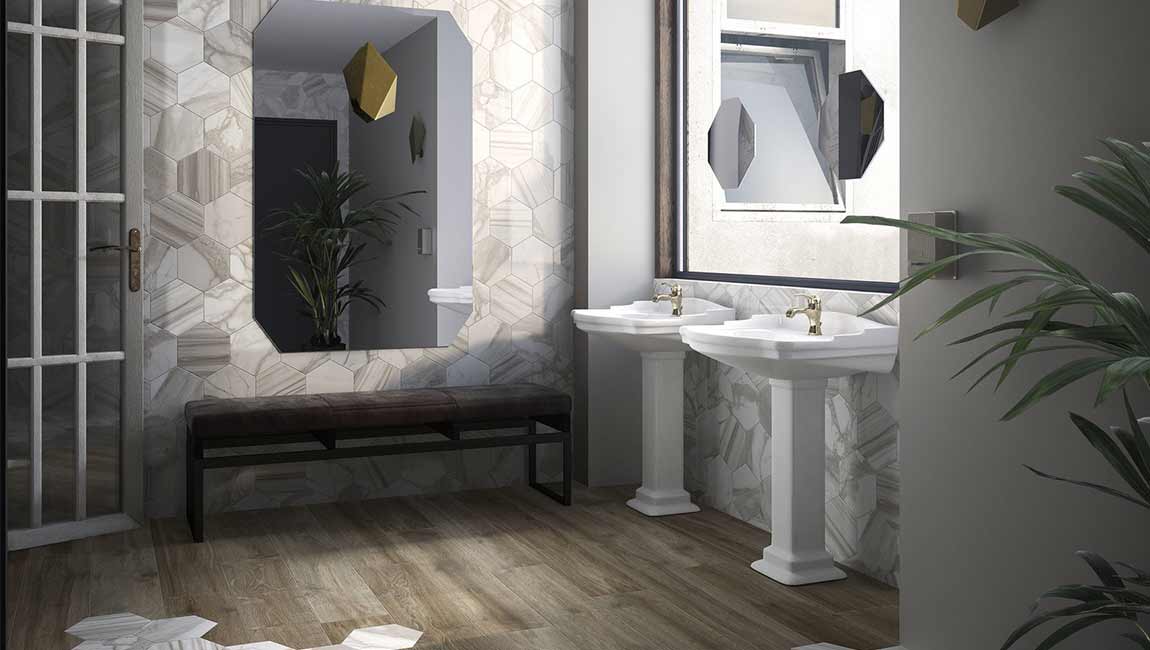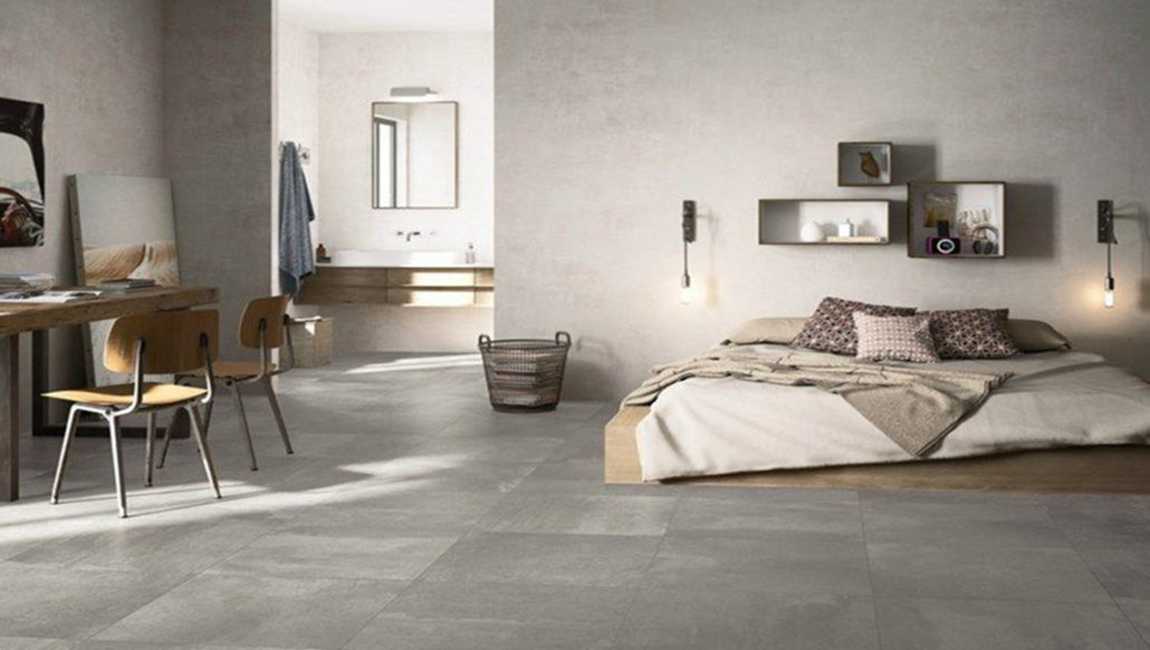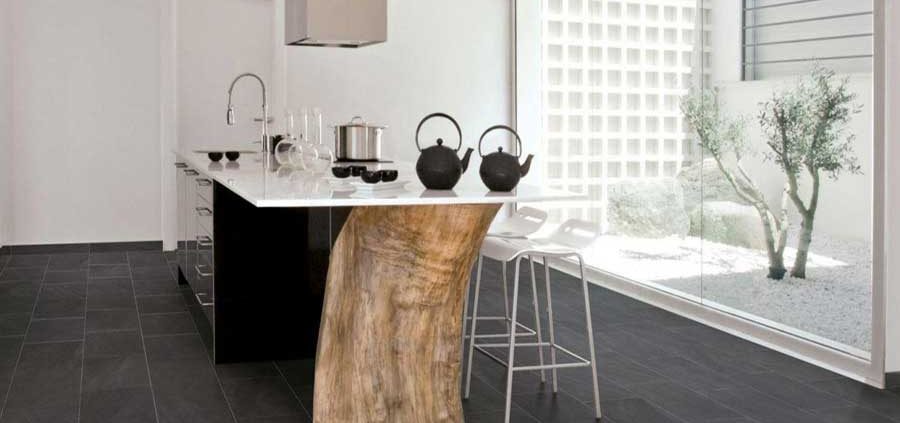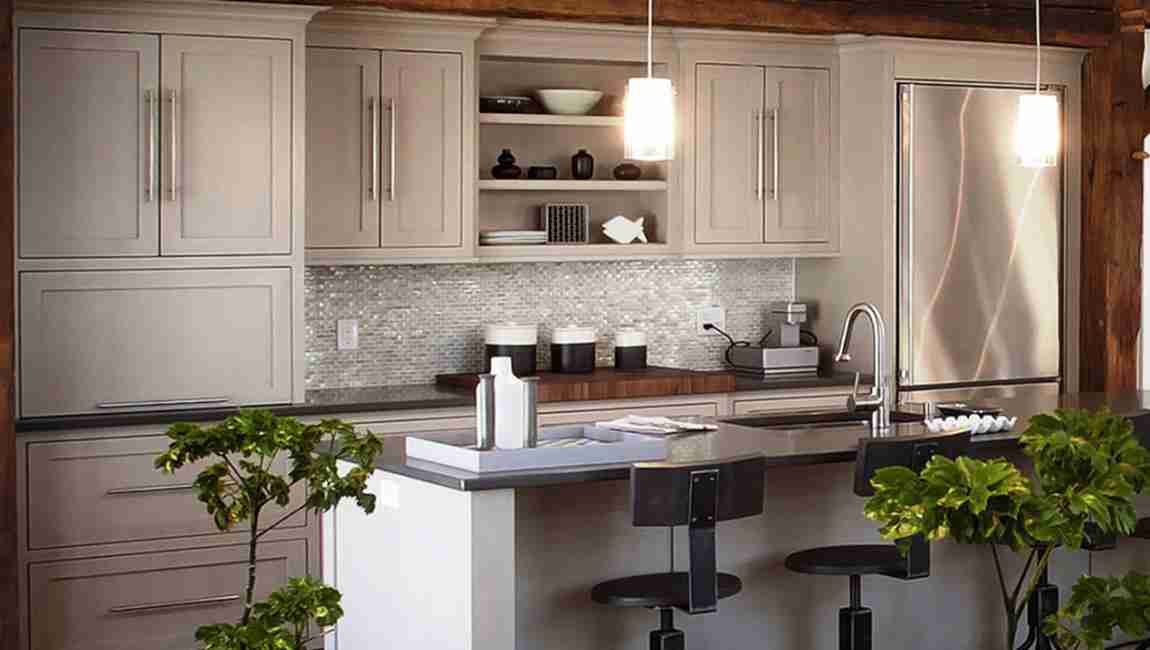How to Making a Homemade Cleaning Solution?
Combine the ingredients. Combine 1⁄4 cup (59 mL) of white vinegar, ¼ cup (35 g) of washing soda, 1 tablespoon (15 mL) of liquid dish soap, and 2 gallons (7.6 L) of hot tap water in a bucket. Use a large spoon or another mixing tool to mix the ingredients. Mix until well combined. If this recipe produces too much solution, then half the recipe.
Test on a small surface. Apply the product to a hidden spot. Let it set for three seconds. Then use a paper towel or rag to remove the product. Look for any kind of stains, discoloration, or residue left by the product. If there are any unwanted effects, then choose a different method.
Before using any type of solution or product on your tile floors, always test out the product on a small, inconspicuous spot first. This way, you can ensure that the product you are using does not produce any unwanted effects such as stains or discoloration.
Pour the solution onto a rag or a cloth. Then, begin wiping the stain with the rag. Wipe the spot until the stain is removed. If the affected area is large, pour more solution onto the rag as needed. Removing Marker from Textured Tile design with Toothpast
Use regular white toothpaste. Do not use gel toothpaste. If possible, choose a toothpaste product that contains baking soda Toothpaste is great for removing marks from element tile that is textured.
Apply the toothpaste to the mark. Cover the affected area with the toothpaste. Let the toothpaste set for a minute or two. The longer the stain has been on the wood tile, the longer you will want to let the toothpaste set. For example, if the marker has been on the wall tile for a 24-hour period, then let the toothpaste set for at least 5 minutes.


